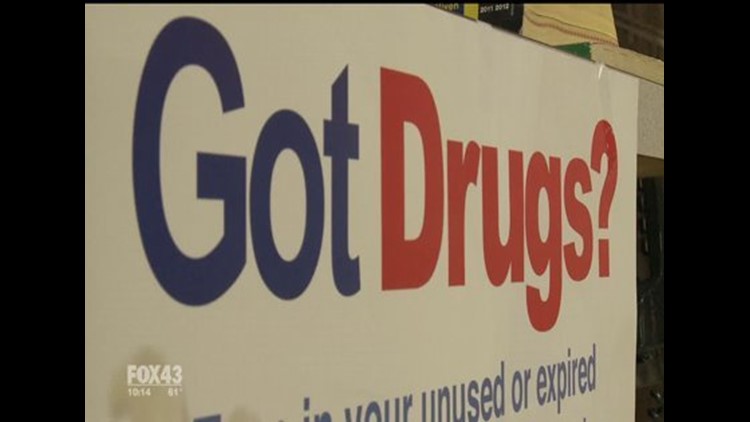Most shoppers wouldn’t buy a gallon of milk if they thought they could only drink a pint’s worth. So why are hospitals and clinics buying larger amounts of cancer therapies than they can use, forcing them to throw these expensive drugs in the trash?
The answer, according to a new study, is that many of the top cancer drugs in the United States are only available in single-dose vials, and often that dose is more than the average patient needs. The result is an estimated $3 billion in overspending in the health care system each year, a cost that gets passed on to taxpayers and patients.
In one of the more egregious examples, the pharmaceutical company Merck sells a melanoma drug, pembrolizumab, called Keytruda, in vials that contain 100 milligrams of the drug. A 150-pound patient gets about 140 milligrams of Keytruda, meaning that more than half of the second vial would not be used. Although some of the leftover drug might go to another patient, the study determined that on average, 21% of the drug, costing about $200 million, goes to waste.
The problem with Keytruda tipped researchers off to look at the amount of waste among the 20 most common drugs used to treat a range of cancers, including breast, prostate, skin and colorectal. Waste was rampant.
“I don’t think we thought we’d find multiple drugs with double-digit percentage of the vials wasted, and that is what we found,” said Dr. Peter B. Bach, director of the Center for Health Policy and Outcomes at the Memorial Sloan Kettering Cancer Center. Bach is the lead author of the study, which was published on Tuesday in The BMJ journal.
There was a large spread among the top 20 cancer medicines in how much of a vial is typically thrown out, from 1% up to 37%. The amount of waste was typically lower for medicines that were available in several single-dose vial options containing a range of doses. Sharing vials between patients also reduced waste, but this is generally only practical at hospitals treating large numbers of cancer patients, not at doctor’s offices.
Bach and his colleagues estimate that the companies producing the top 20 cancer medicines, including Genentech, Takeda and Onyx Pharmaceuticals, will make nearly $2 billion this year just from wasted drops of these most common cancer drugs. And doctors and hospitals will make $1 billion in markup fees from these tossed treatments.
Although insurance companies pick up the tab, it ultimately affects the entire population by driving up taxes and insurance premiums.
“The fact that we have insurance doesn’t mean someone else is paying the bills — we are paying the bills,” Bach said.
Waste might be especially bad in the United States compared with other countries. Takeda’s myeloma drug, bortezomib, called Velcade, is only available in 3.5-milligram vials in the United States, but the average patient only needs 2.5 milligrams. More appropriately sized 1-milligram vials are available in the United Kingdom. In a statement, a Takeda spokeswoman said the company “worked closely with the FDA to establish the Velcade vial size of 3.5 mg to ensure that one vial would provide an adequate amount of the drug for a patient of almost any size.” The company does not have plans to introduce additional vial size options to the U.S. market, the email statement said.
In another example, Merck stopped selling its 50-milligram vials of Keytruda in the United States last year. These smaller vials had less potential for waste than the 100-milligram vials that replaced them. But in Europe, where agencies can participate in drug pricing decisions, the 50-milligram vial is still available.
According to a statement from Merck, “our understanding of dosing in multiple tumor types has improved.” The company is now conducting trials of 200-milligram Keytruda vials, which it says would “eliminate wastage.”
However according to Bach, this strategy would only mean that more wasted medicine is administered to patients instead of thrown away. “Their new plan is to change the dose so all patients get all of the drug,” but studies so far do not suggest the higher dose would carry any benefit for patients, Bach said.
Bach and his colleagues suggest two possible solutions for reigning in cancer drug waste: Require companies to provide drugs in vials that contain more appropriate doses or require companies to refund the expense of leftover drug.
“I think either one is pretty doable,” Bach said. “The (Food and Drug Administration) could definitely issue a much more instructive guidance on vial size where they ask companies to take into account this exact issue, and they can do that without an act of Congress. … Companies know the market and their regulators and will generally respond to that.”



